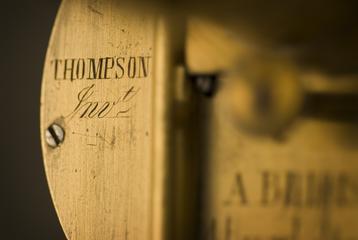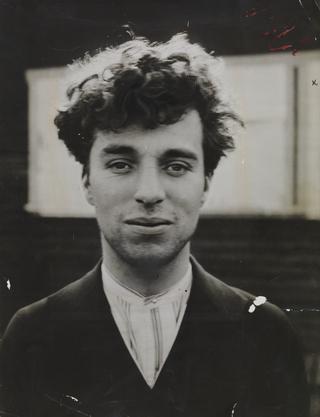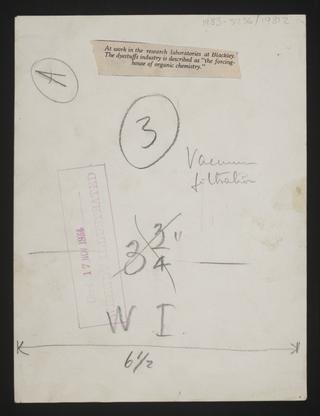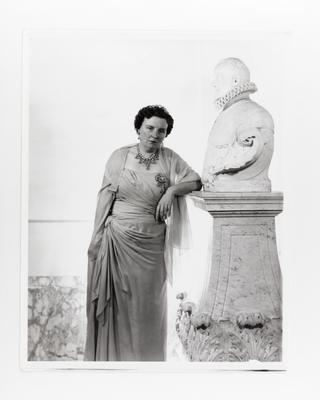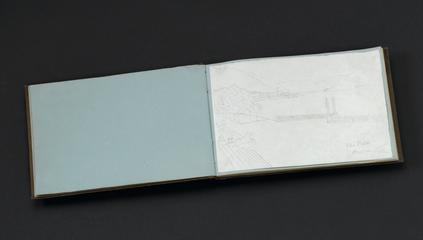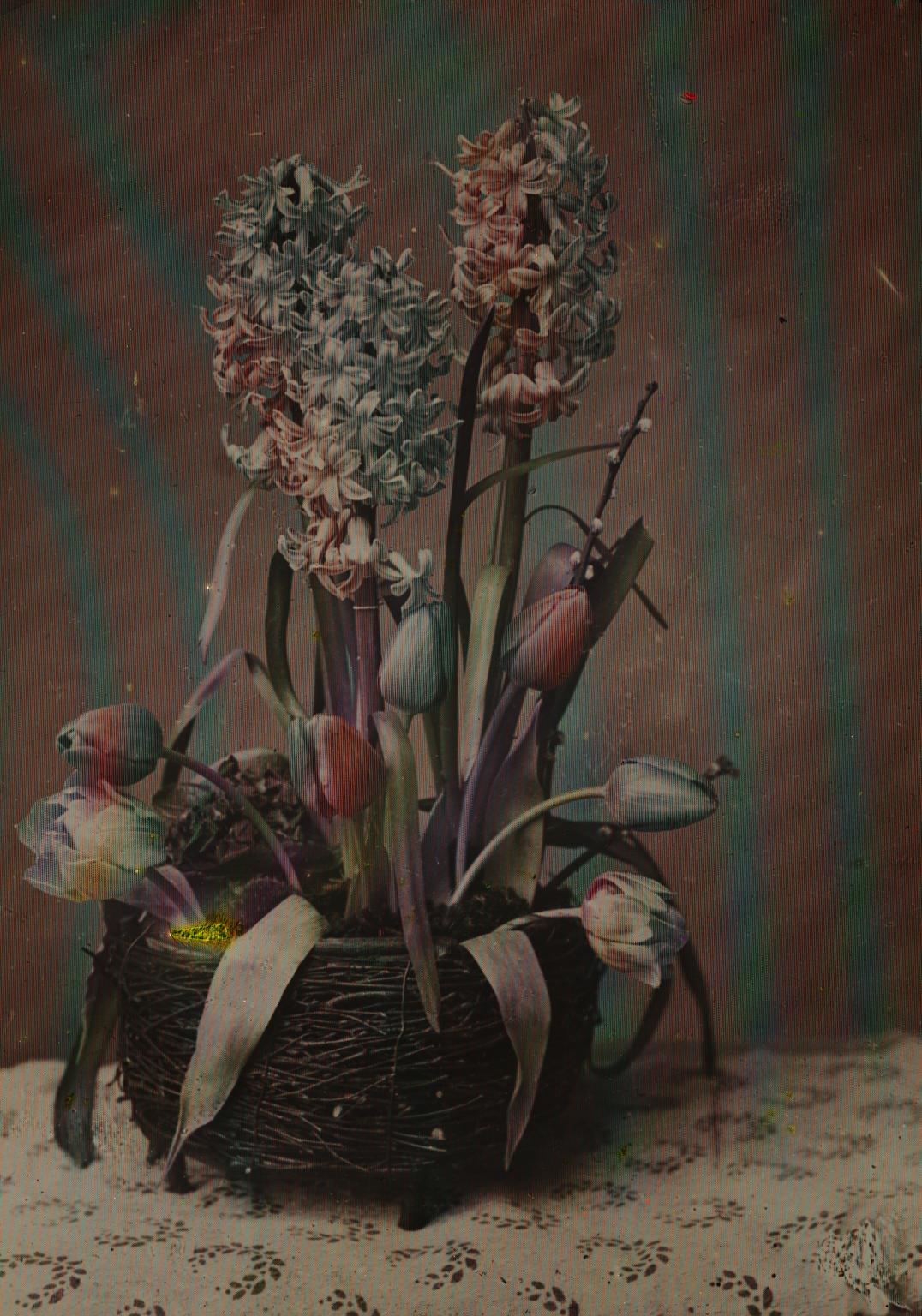
Positive Krayn image of flowers
An example of a Krayn screen plate, positive image showing a basket of flowers.
More
The Krayn colour process was patented in 1904 by the German Robert Krayn, and was demonstrated by him in November 1907. Krayn stained very thin celluloid sheets red, green and blue, and cemented them interleaved to form a thick block from which thin slices were cut. Krayn was able to produce sheets of line screens up to 16 x 12 inches (40.6 x 30.5 cm) in size, with 175 colour lines to the inch (69 to the cm). Krayn’s process had a very limited commercial use, and in 1908 a finer screen, of 254 lines to the inch (100 to the cm) proved no more successful, the film being very prone to split along the lines of the cementing.
- Measurements:
-
overall: 164 mm x 120 mm x 3 mm,
- Materials:
- glass and paper (fibre product)
- Object Number:
- 1928-264/1
- type:
- screen plate
- Image ©
- The Board of Trustees of the Science Museum
